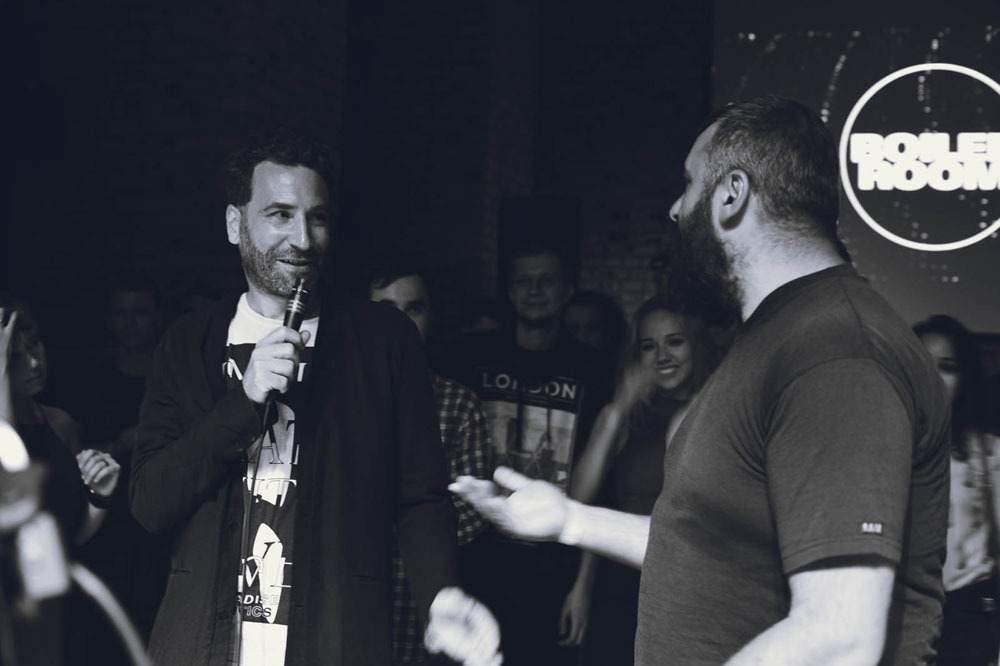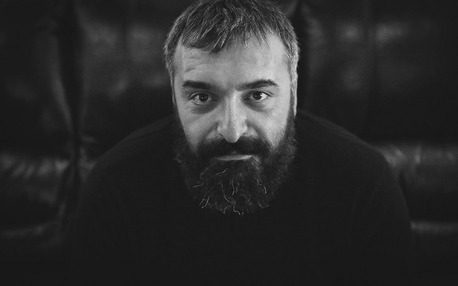Written by:
Edited by:
Share article:
Introduction
Jan Rohlf is originally from Tübingen; since 1994 he lives and works in Berlin. Being engaged in various collaborations and cultural projects, Jan is co-founder (together with Oliver Baurhenn and Remco Schuurbiers), artistic director and head of communications for the CTM-Festival in Berlin. CTM is a prominent international festival dedicated to contemporary electronic, digital and experimental music, as well as the diverse range of artistic activities in the context of sound and club culture.
In 2005, Jan Rohlf has also founded DISK Sound & Image Initiative e.V., an organisation devoted to the promotion of experimental art and music. Another project of international resonance that involves Jan is the creation of the global network I.C.A.S. International Cities of Advanced Sound, an organisation that gathers the artistic directors of numerous festivals dedicated to digital culture, which aims to create sustainable structures in order to offer a platform for the exchange of ideas and projects, critical reflections, co-productions, and to promote collaboration.
Lebanese-born musician and DJ Rabih Beaini joins the dots between raw, elementary electronica, and jazz. Beaini’s genuine musical ability and a range of influences — from krautrock to new wave — seep into his inventive, dark, and emotional productions and immersive DJ sets. With his Morphine label, he has telescoped in on key (and often overlooked) voices in avant-garde electronic and outernational music.
"Everything Visible Is Empty" continued the artistic search and methodology first explored by Beaini in his project "For The Red Right Hand", which he composed for and performed at CTM Festival 2016 together with Liz Allbee, Mazen Kerbaj, Sam Shalabi, Sharif Sehnaoui, Daniele De Santis, Tommaso Cappellato, Sofia Jernberg, and Rully Shabara. Both pieces are meant to be sonic reflections on the current political and social tensions, and the disrupting potential of technology. Operating from a central power position – the mixing desk – Beaini organizes an ensemble of instrumentalists via a multi-channel speaker setup into opposing and conflicting counterpoints, tensions and uneasy coexistence, making the pieces allegories of personal conflict and social tension, and musical explorations of the need to balance motives of trust, communal spirit and individualism, power and control, that underlie all human relations. The experience is dynamic and immersive, at times violently chaotic, at times unsettlingly beautiful, and of a fragile and deeply moving emotionality.


